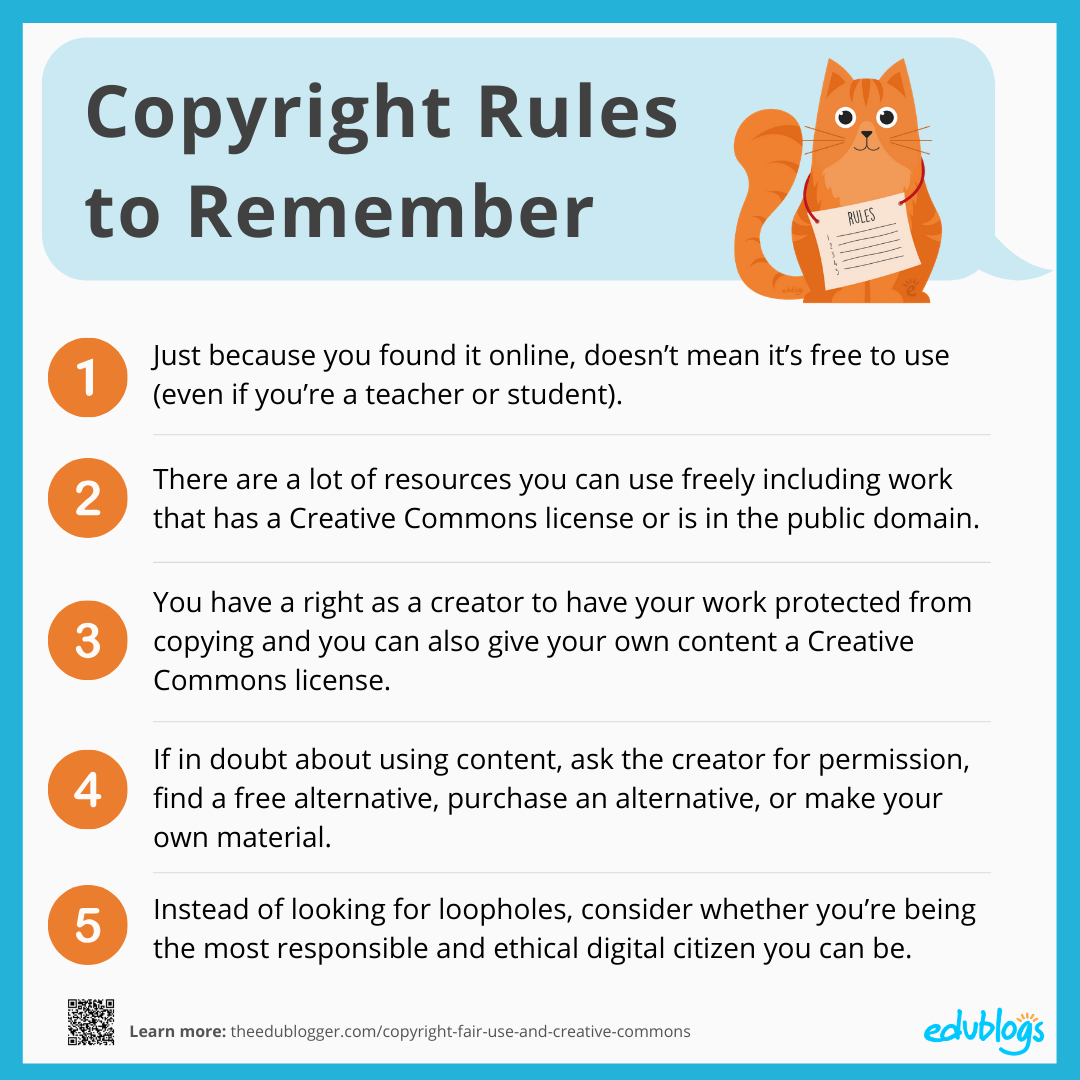In a world that thrives on visuals, the safety of our images and the rules governing their use have become crucial topics for photographers, artists, and businesses alike. With platforms like Alamy offering vast collections of images, it’s worth exploring how copyright works in this space. Are your images truly protected? Can they be used without your permission? Let’s dive into the complex yet fascinating world of image safety and copyright to uncover the answers.
Understanding Alamy's Image Licensing

Alamy is a popular stock photography agency known for its extensive library of images. However, before you jump into using their resources, it’s crucial to understand their licensing agreements. Here's a breakdown of what you need to know:
- Types of Licenses:
- Royalty-Free (RF): Once you purchase a royalty-free image, you can use it multiple times without paying additional royalties. However, there may still be restrictions on how you can use that image.
- Rights Managed (RM): This license is more restrictive and can vary based on the intended use, duration, and geographical reach. You’ll need to negotiate terms, and the cost may be higher compared to RF images.
When considering images from Alamy, it’s essential to check the license type to ensure compliance. Here's a quick reference table:
| License Type | Usage Freedom | Price Flexibility |
|---|---|---|
| Royalty-Free | Multiple uses | Generally lower, fixed cost |
| Rights Managed | Restricted by terms | Higher, variable cost |
Understanding these aspects can help you navigate the world of image usage more confidently and ensure that you're safeguarding your own work as well.
Also Read This: Exploring Alamy: How It Works for Buyers and Contributors
Identifying Copyright Issues with Images
When it comes to using images—especially those sourced from platforms like Alamy—understanding copyright is crucial. After all, you wouldn't want to unwittingly infringe on someone's rights, right? Here’s a closer look at identifying potential copyright issues with images:
- Ownership: The first step is to determine who owns the image. Most images on Alamy are copyright protected, meaning the artist or photographer retains rights unless specified otherwise. Always check the licensing details.
- Licenses: Alamy offers various licenses, each outlining how an image can be used. Familiarize yourself with these categories. For example, a royalty-free (RF) image allows for broad usage, but a rights-managed (RM) image may have restrictions on how it can be used.
- Creative Commons: Some images may be available under Creative Commons licenses, providing certain freedoms for use. However, be mindful of the specific terms—some may require attribution, while others might restrict commercial use.
- Modifications: If you're considering altering an image—be it cropping, filtering, or using it in a montage—check if the license permits modifications. Certain licenses may restrict this to protect the integrity of the work.
- Expiration: Understand that some licenses are time-bound. Even if you initially purchased the rights, that doesn’t mean you can use the image indefinitely. Always refresh your knowledge on the expiration dates associated with your images.
In short, being informed and diligent about copyright matters ensures that you can enjoy using visuals without the worry of potential legal issues.
Also Read This: How to Cite an Image from Alamy Correctly in Your Work
Best Practices for Image Usage on Alamy
Using images responsibly goes a long way in fostering a healthy relationship between creatives and users. When sourcing images from Alamy, implementing best practices can not only keep you compliant but also enhance your content’s quality. Here are some tips to consider:
- Read License Agreements: Always take a moment to thoroughly read the licensing agreements that come with your images. This ensures you understand the dos and don’ts associated with that specific image.
- Attribution: If an image requires attribution (especially in the case of Creative Commons), make sure to credit the creator appropriately. This could be as simple as including their name and a link to their work.
- Stock Image Usage: Treat stock images as professional assets. Use them in contexts that respect their original intention. For instance, avoid using images in ways that could misrepresent the subject or context.
- Keep Records: Maintain a log of images you’ve used, along with their licensing details. This can help you stay organized and ensure compliance in your projects.
- Check for Updates: Licensing terms may change, so periodically check back on the images you’re using to ensure that there haven’t been any updates that could affect their usage.
Staying mindful of these best practices can ensure that your use of images on Alamy remains above board while also respecting the hard work of those who create them.
Also Read This: Exploring Alamy in May Seasonal Trends for Buyers and Contributors
5. How to Protect Your Own Images on Alamy
When it comes to selling your images on Alamy, safeguarding your work is just as important as sharing it. Here are some simple yet effective strategies you can adopt to ensure your images are well-protected:
- Use Watermarks: One of the easiest ways to deter unauthorized use is by adding a watermark to your images. Consider placing your logo or name on your images in a way that doesn’t distract from the content but still makes it clear who the owner is.
- Keep High-Resolution Files Secure: Only upload the resolutions you’re comfortable with. If you feel that a lower resolution is sufficient for the stock market, then go for it! Your original high-res files can remain safely stored away.
- Understand Your Rights: Familiarize yourself with Alamy's licensing options and copyright laws. Knowing what rights you have can empower you to take action if someone misuses your work.
- Monitor Your Images: Regularly search online for your images or use reverse image search tools. This can help you catch any misuse early on, and you can act swiftly to address it.
- Set Clear Licensing Terms: Specify the terms under which your images can be used. This should be clearly outlined in your profile settings on Alamy.
By incorporating these methods, you not only enhance the protection of your images but also your peace of mind as a contributor. Remember, staying proactive is key to safeguarding your creative work in the digital age!
6. Conclusion: Ensuring Your Images Remain Safe
In a world brimming with content, ensuring the safety of your images takes more than just a hope and a prayer. With platforms like Alamy providing opportunities for photographers and artists, it’s crucial to be vigilant and informed about copyright concerns.
Ultimately, here’s what you need to keep in mind:
| Key Takeaway | Action Steps |
|---|---|
| Understand Copyright Basics | Research your rights and how they apply on Alamy. |
| Utilize Watermarks | Add them to deter unwanted use of your work. |
| Monitor Your Work | Regularly check where and how your images are used. |
| Don’t Hesitate to Act | If your work is misused, be prepared to enforce your rights. |
By following these steps, you can confidently navigate the world of image sharing and ensure that your creative work remains safe and sound. Remember, you worked hard to create your images, and they deserve to be protected just as much as they deserve to be shared!
 admin
admin








